(103 products available)



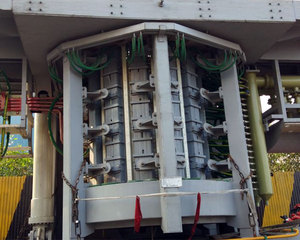







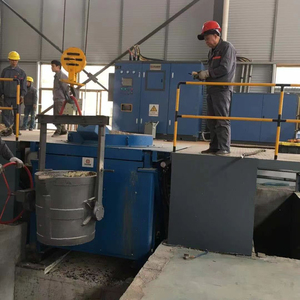
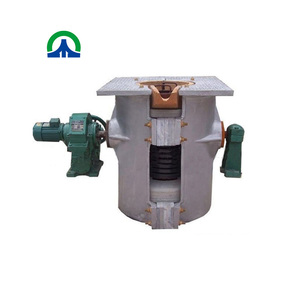






















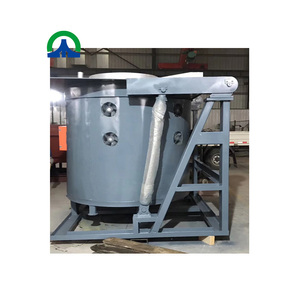

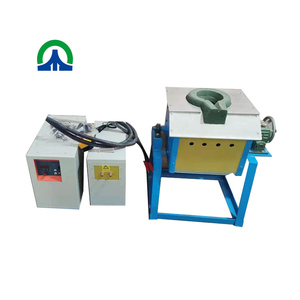




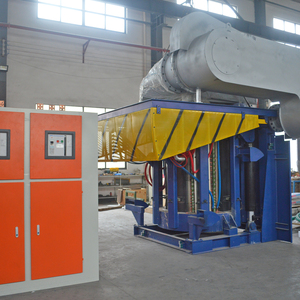











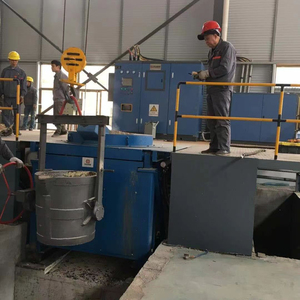








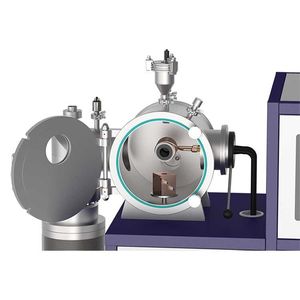


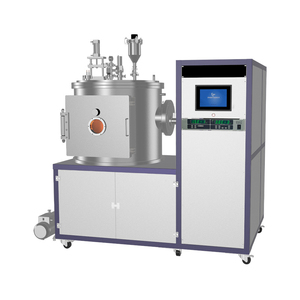
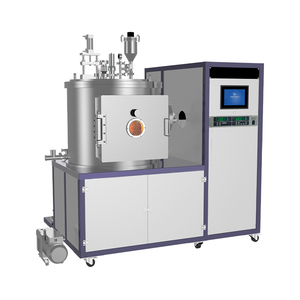



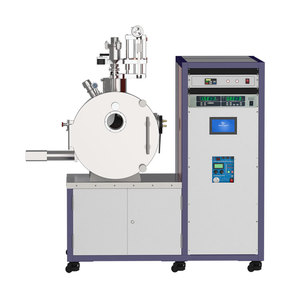

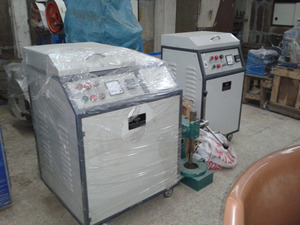














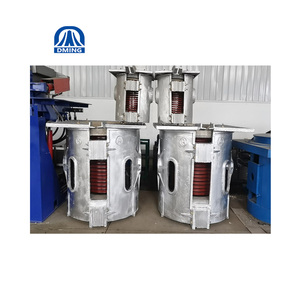





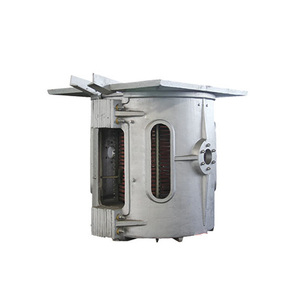









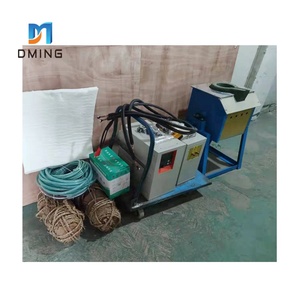




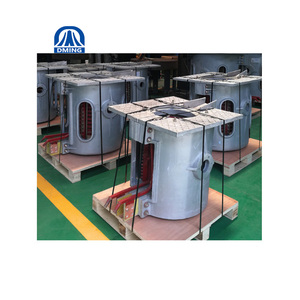








The IMF (induction melting furnace) is a sort of machine that utilizes the induction heating process to melt metals. The furnace comes in various types, each of which is applied for different purposes.
The main specifications to consider when buying an IMF furnace are the voltage, capacity, and dimension.
Voltage
The typical operating voltage for an IMF induction melting furnace ranges between 400 volts and 600 volts. The highest voltage should be only for specialized industrial setups with heavy-duty capacity. Lower voltage works better for smaller furnaces. Around 500 volts to 600 volts works better for steel because it requires a higher voltage.
Capacity
The capacity of the IMF furnace is determined by looking at the furnace chambers in tons. The capacity range of IMF furnaces on the market is between 0.5 tons to 100 tons or more. A small furnace of around 0.5 to 2 tons is suitable for small foundries casting non-ferrous metals. Larger furnaces of up to 10 tons are for small to medium capacities of steel. The large furnaces with even 100-ton capacity or more are only for industries that work with high volumes, like automotive industries.
Dimension
The dimensions of the IMF furnaces vary based on the capacity. Knowing the dimension is important for storing the furnace or installing it at the site. The height of the furnace chambers varies between 1 meter to 3 meters. The width varies from 1 meter to 3 meters. The cooling system might add additional width to the furnace.
Maintenance is crucial for the IMF furnace because it directly impacts the life span and operation. The maintenance tips include regular checks on water lines, coolant pumps, and electric connections. Look for any leaks or unusual noises coming from the furnace. The grounding connections of the induction coil should be checked to ensure safety during operation. Only trained personnel should handle induction furnace repairs and grounding of electric connections.
Metal casting and fabrication:
IMF furnaces are primarily used in the metal casting and fabrication industries. Foundries utilize IMF furnaces to melt various metals such as iron, steel, aluminum, copper, and alloys. The molten metal is then cast into molds to create components like engine parts, pipes, valves, and structural elements. The ability to melt metals quickly and efficiently makes IMF furnaces an essential tool in the foundry sector.
Steel production:
IMF furnaces, particularly Induction Heating Furnaces (IMF), play a significant role in steel production. They are used to melt scrap steel, steel products, and other raw materials in order to produce high-quality steel. Induction furnaces provide precise control over the chemical composition of the steel, resulting in a clean, low-impurity melt. Steel is used in construction, manufacturing, automotive, and various other industries.
Alloy manufacturing:
Industries that produce alloys, such as brass or bronze, rely on IMF furnaces for their production. The furnaces supply heat to combine metals so that new materials with different properties can be created for use in diverse applications.
Recycling industries:
Induction melting furnaces are indispensable to the recycling industry since they are primarily responsible for the recycling of metals. Scrap metal is fed into the induction furnace, processed, and transformed into high-quality raw materials for the manufacture of new products.
Automotive and aerospace parts production:
The production of automotive and aerospace parts requires high precision and reliability. The parts have to withstand different environments and are made of certain alloys. Therefore, the parts are manufactured using IMF furnaces to ensure high purity and uniform composition of the melted metal.
Non-ferrous metal industries:
IMF furnaces are essential equipments for the melting of non-ferrous metals. The operation of the furnace assists to precisely control the melting parameters and improve the quality of non-ferrous metal products.
When choosing an IMF furnace for a business application, it is essential to explore various factors that may affect decision-making. An understanding of imitative behavior, weighing the risk against potential rewards and recognizing how social pressure can affect choices are all important considerations when selecting an IMF furnace.
Q1: What are the latest trends of IMF furnaces in the world?
A1: The IMF furnace industry is moving toward cleaner and greener technologies. More furnaces are being designed to produce less carbon dioxide emissions and use less energy. The use of furnaces that can operate on many different kinds of fuels, like waste, biomass, natural gas, and coal, is becoming more common. Intelligent furnaces with remote surveillance and automated operation features will greatly reduce time and human input costs.
Q2: What are the safety precautions when operating an IMF furnace?
A2: Wearing proper personal protective equipment (PPE) like gloves, goggles, helmets, and fireproof clothing is essential. Regularly calibrating and maintaining the furnace to ensure all safety devices and alarms are working is also vital. The furnace should be located in a well-ventilated area or equipped with proper fume extraction systems to prevent the buildup of hazardous gases. Always follow the manufacturer's operating guidelines and safety instructions.
Q3: What is the future of IMF furnaces?
A3: Furnaces that can be used easily and over long enough periods are still very essential to the machine-making business. Those furnaces are still the only choices for industries like those that involve heavy metals. The IMF furnace, a workhorse of metal processing, finds applications in iron, steel, and non-ferrous metal industries. The cold IMF furnace has become increasingly important in the manufacture of machines and equipment.